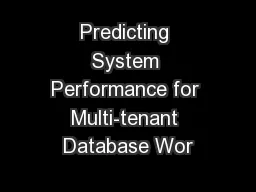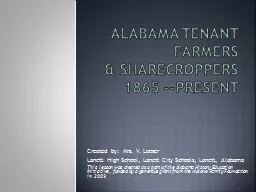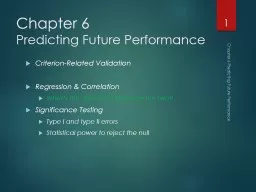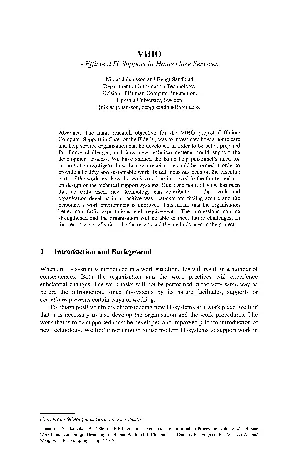PPT-Predicting System Performance for Multi-tenant Database Wor
Author : alida-meadow | Published Date : 2016-08-13
Mumtaz Ahmad 1 Ivan Bowman 2 1 University of Waterloo 2 Sybase an SAP company Multitenant Databases Multitenancy single instance of application software serving
Presentation Embed Code
Download Presentation
Download Presentation The PPT/PDF document "Predicting System Performance for Multi-..." is the property of its rightful owner. Permission is granted to download and print the materials on this website for personal, non-commercial use only, and to display it on your personal computer provided you do not modify the materials and that you retain all copyright notices contained in the materials. By downloading content from our website, you accept the terms of this agreement.
Predicting System Performance for Multi-tenant Database Wor: Transcript
Download Rules Of Document
"Predicting System Performance for Multi-tenant Database Wor"The content belongs to its owner. You may download and print it for personal use, without modification, and keep all copyright notices. By downloading, you agree to these terms.
Related Documents














